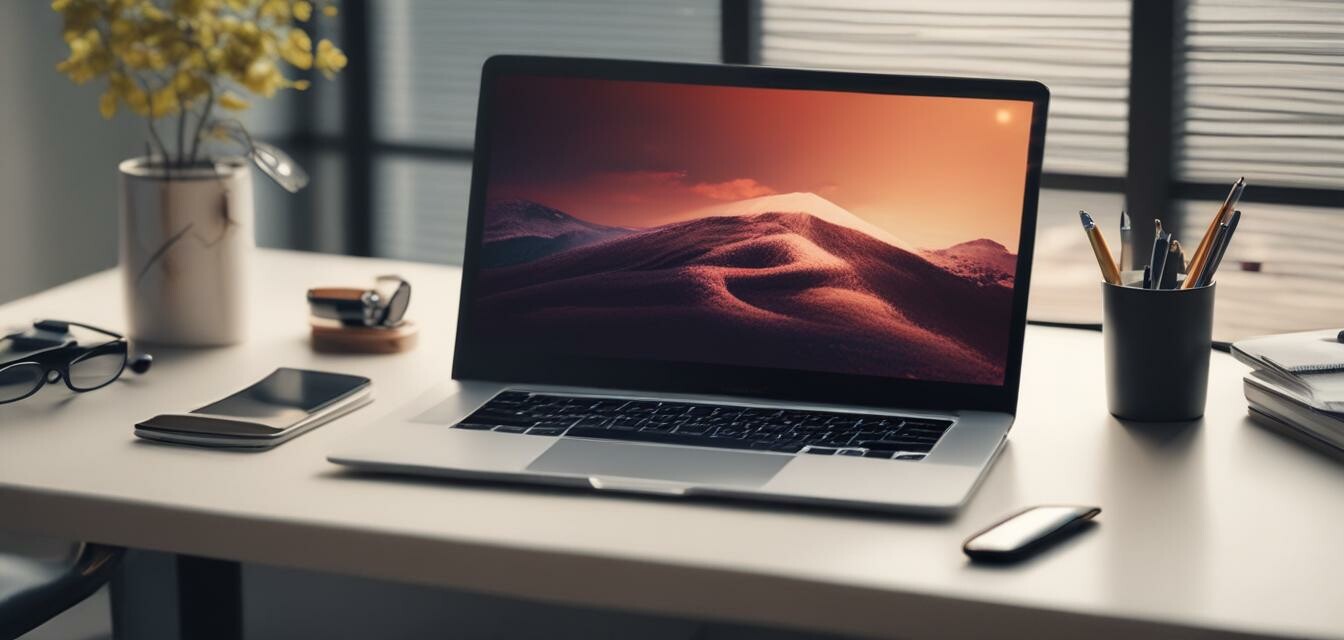
How to Choose the Best Laptop for Your Home Office
Key Takeaways
- Identify your primary usage needs: work, gaming, design, or general use.
- Consider specifications: processor, RAM, storage, and battery life.
- Set a budget that balances performance with cost.
- Explore different form factors and screen sizes for comfort and usability.
- Look for additional features such as portability, keyboard quality, and connectivity options.
Choosing the right laptop for your home office can significantly enhance your productivity and comfort. Whether you are working from home full-time, studying, or pursuing other professional endeavors, having a suitable device is essential. This comprehensive guide will help you understand the key specifications, budget considerations, and suitability for different tasks when selecting a laptop for your home office.
Understanding Your Needs
Before diving into specifications, it is crucial to assess what you will primarily use the laptop for. Different tasks require varying levels of performance:
- Office Work: Basic applications, word processing, spreadsheet management.
- Creative Work: Graphic design, video editing, requiring higher processing power.
- Gaming: More demanding specifications, especially graphic performance.
- General Use: Browsing, media consumption, and light productivity.
Key Specifications to Consider
Once you've clarified your usage needs, consider the following specifications:
| Specification | Description | Recommendation |
|---|---|---|
| Processor (CPU) | The brain of your laptop; affects speed and multitasking capability. | Intel i5/i7 or AMD Ryzen 5/7 for most users. |
| Memory (RAM) | Affects how many applications you can run simultaneously. | 8GB is a minimum; 16GB is preferred for demanding tasks. |
| Storage | Where your files are saved; SSDs are faster than HDDs. | At least 256GB SSD for fast performance. |
| Battery Life | How long the laptop can run on a single charge. | 8 hours or more for all-day use. |
Setting Your Budget
When searching for the best laptop, your budget plays a pivotal role. Here’s a breakdown of price ranges that can guide your decisions:
- Budget Laptops: $300 - $600: Basic functionality for everyday tasks.
- Mid-Range Laptops: $600 - $1000: Good balance of performance and features.
- Premium Laptops: $1000+: Top-of-the-line power, design, and features.
Form Factor and Screen Size
Choosing the right form factor and screen size is crucial for comfort and usability. Here are some options:
| Form Factor | Advantages | Best For |
|---|---|---|
| Clamshell Laptop | Traditional design, good for productivity. | General office work. |
| 2-in-1 Laptop | Versatile; can be used as both a laptop and a tablet. | Creative professionals. |
| Ultrabook | Slim, lightweight, long battery life, high performance. | Traveling professionals. |
Additional Features to Look For
Besides the specifications and budget, consider these additional features that can enhance your user experience:
- Keyboard Quality: A comfortable keyboard is essential for long working hours.
- Weight and Portability: If you'll be moving around, consider a lighter laptop.
- Ports and Connectivity: Ensure the laptop has enough USB ports and HDMI, if needed.
- Warranty and Support: Look for manufacturers that offer good customer support and extended warranties.
Conclusion
Choosing the best laptop for your home office involves a careful assessment of your needs, budget, and preferences. By considering the essential specifications, understanding your primary use cases, and exploring various form factors, you will be well on your way to making an informed decision. If you're ready to take the next step in your home office setup, explore our complete buying guides on buying home office accessories and learn more about computers and laptops.
Tips for Beginners
- Make a list of must-have features based on your tasks.
- Read reviews to understand the performance from actual users.
- Visit local stores to feel and test the laptops before purchasing.
- Consider refurbished models from reputable manufacturers to save money.
Further Reading
For more insights on maximizing your home office setup, be sure to check out: